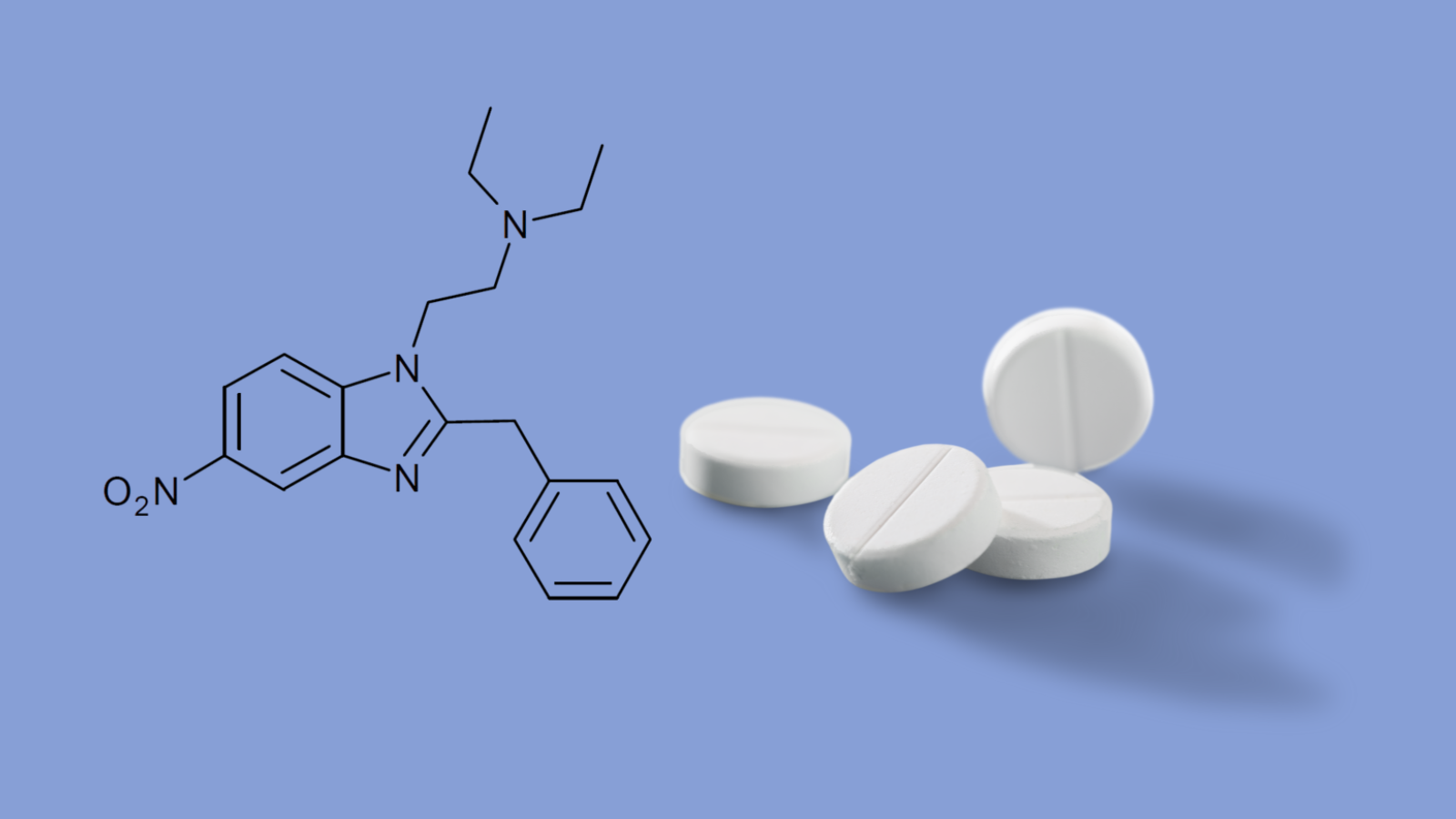
January 30 2024

The world of drugs is like sand dunes. Whilst there are always fixed points, the terrain constantly shifts and its hard to know where you’re at. We have recently seen a few changes such as the control of nitrous oxide and growing debate on the boundaries of control for low-THC (tetrahydrocannabinol) cannabis.
More sinister substances have been afoot, however. Around 10 years ago, we saw the emergence of abuse of fentanyl drugs in the UK and Ireland. Whilst not new, and with established use in medicine, their presence in the illicit market was a significant concern.
These drugs are synthetic opioids, acting in similar fashion to morphine, but many of them are much more potent. Fentanyls tended to be mixed with heroin, potentiating the latter, and thus causing a whole host of issues for individuals involved with these concoctions on either side of the law.
Fortunately, this tinkering with heroin was a transient change and fentanyls are now seen rarely, but the sand dune shifted again and over the past few years, we have seen the emergence of yet another group of synthetic opioid drugs known as nitazenes (or benzimidazoles). Again, these are concerning drugs as many, like fentanyls, can be much more potent than morphine/heroin and, as with fentanyls, these are not new drugs. They were developed in the 1950s but were not approved as medicines.
These drugs are, once again, typically associated with the heroin market, though not necessarily mixed with heroin. Whilst the drugs may be traded as heroin or mixed with heroin, there have also been reports of such drugs in tablet form (masquerading as benzodiazepines). The latter is a particularly worrying development as many individuals will take these very powerful opioid drugs without knowing.
The presence of nitazenes seems to be a surprise finding in most instances of seizure analysis. Given the range of preparation types in which nitazenes have been detected, routes of administration appear to include injection, ingestion and smoking.
In a recent article in the Lancet, it was reported that, in the previous six months, nitazenes had been detected in post-mortem toxicology for 54 individuals in the UK. With the range of possible nitazene-variants available, routine testing may not be feasible and nitazenes may be implicated in more fatalities and overdoses but have not been targeted in the analysis. Similar problems may exist in forensic laboratories where screening of seized material is performed but, due to a lack of reference materials or validated methods, reported identity may be presumptive only.
Being synthetic, nitazenes can be made in bulk cheaply and efficiently. Given current issues with some traditional regions of heroin production, there might be an expectation that such drugs could supersede their more naturally derived counterparts (heroin itself) although history suggests that such emergences are short-lived and that the old favorites will prevail.
In the UK and Ireland, some nitazenes have been listed as controlled drugs (Class A in the UK) under the Misuse of Drugs Acts (MODA). To date, these are etonitazene and clonitazene. The remainder are controlled under the Psychoactive Substances Act (PSA) 2016 in the UK, but there are intentions in the UK to control a larger number under the MODA imminently. The way in which such substances would be controlled remains uncertain. Further specific nitazenes could be listed. Alternatively, generic controls could be introduced similar to those for fentanyls or spice drugs as the current nitazenes tend to be variants based around a generic chemical structure.
If in doubt, we can check the reported identity of a nitazene and its control status. Please get in touch.
Author
Julian Dunnill
BSc(Hons)